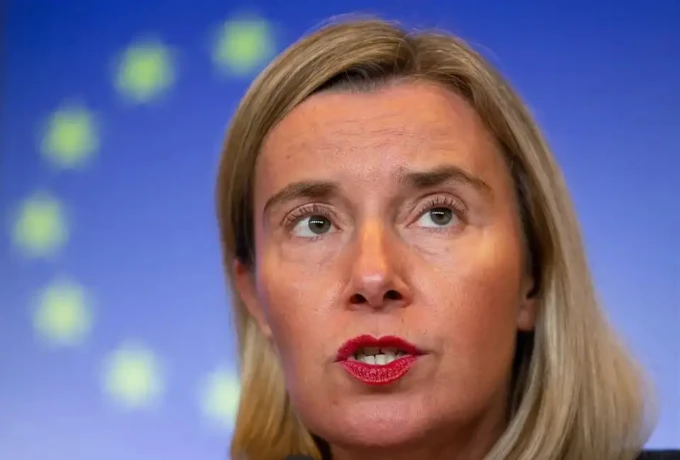In a significant policy shift, the Trump administration has proposed revoking the Environmental Protection Agency’s (EPA) 2009 “endangerment finding,” a pivotal determination that greenhouse gas emissions pose a threat to public health and welfare. This finding has long served as the legal foundation for regulating emissions from vehicles, power plants, and other industrial sources under the Clean Air Act.
EPA Administrator Lee Zeldin announced the proposed rule change, describing it as “the largest deregulatory action in the history of America.” He criticized the original finding, stating that it allowed for regulations that could “bankrupt the country” and adversely affect various economic sectors.
The proposed repeal aligns with the administration’s broader deregulatory agenda, aiming to eliminate what it views as burdensome environmental regulations. Zeldin emphasized that the move would remove constraints on industries, potentially leading to economic growth and job creation.
Environmental groups and legal experts have expressed strong opposition to the proposal. They argue that overturning the endangerment finding would undermine decades of environmental protection and could lead to increased pollution and health risks. Christy Goldfuss, executive director of the Natural Resources Defense Council, criticized the move, stating that it “boggles the mind and endangers the nation’s safety and welfare.”
The proposed repeal is expected to face legal challenges. The Supreme Court’s 2007 Massachusetts v. EPA decision established the EPA’s authority to regulate greenhouse gases, and any attempt to reverse this could be contested in court. Additionally, statutory language from the Inflation Reduction Act continues to recognize greenhouse gases as pollutants, further complicating the legal landscape.
Industry reactions have been mixed. While some sectors welcome the potential reduction in regulatory burdens, others express concern over the uncertainty the repeal may introduce. The rollback could disrupt existing investments in emissions reduction technologies and create confusion regarding future compliance requirements.
The proposal is currently undergoing a public comment period, a standard procedure before finalizing such regulatory changes. Given the contentious nature of the issue, it is anticipated that the final decision will be subject to extensive legal scrutiny and potential challenges from environmental organizations and other stakeholders.












Leave a comment